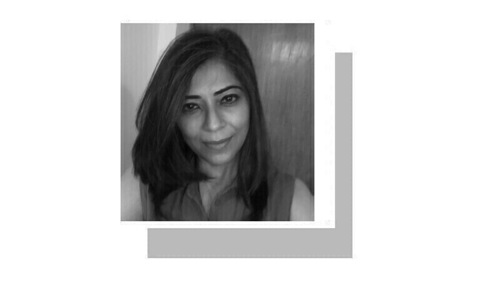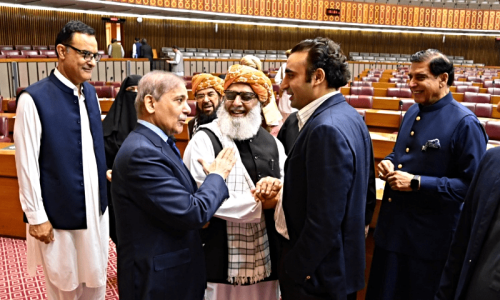A REPORT released by the World Bank uses an innovative new tool to map South Asian cities and their growth along economic and demographic lines.
Pakistan’s urbanisation is featured in the report, and since the country is dealing with large urban problems such as law and order in Karachi and mass transit in Punjab’s cities, the report deserves a close read.
The new tool they use is night lights data, which shows the extent of urban sprawl by examining the spread of city lights as seen from weather satellites that have been collecting this imagery since the early 1990s.
Know more: WB report highlights ‘messy, hidden’ urbanisation
Since the images are taken every night, then averaged out for the year to show the spread of luminosity associated with growing urban areas, the methodology actually takes into account power outages.
The World Bank recently embraced the technique and produced the new report looking at urbanisation in South Asia, and the results are quite impressive.
Urbanisation in our region has progressed with staggering speed. The entire stretch of land between Delhi and Lahore, for instance, now appears as a single agglomeration when viewed from satellite night lights data, a virtually unbroken band of urban space.
This growing urbanisation holds much promise for the region, mainly in the “unintended benefits that firms and workers experience from one another as they cluster together”, say the authors of the report. But this potentially transformative opportunity presented by growing urbanisation is undermined by the poor quality of urban management as cities spill beyond their boundaries.
More than 130 million people in South Asia live in urban slums, the report reminds us, where life is hazardous and the quality of urban services like water, sewerage and waste, land titles, law and order and electricity are all dismal.
The failure to properly extend urban services to urban slum dwellers in some measure grows out of the inability of the state to even see these populations, as one important characteristic of South Asian urbanisation, according to the authors, is that it is “hidden and messy”.
It is hidden because many of the regions that are urban in all but name continue to be classified as rural, and messy because they have been left to their own devices as they grow without the guiding hand of city or state authorities.
Night lights data enables us to see this in Karachi and Lahore, as well as track the growth of these large urban informal settlements over the years.
Tapping the potential of our growing cities is a crucial growth opportunity, but to do so, we must first learn to see urbanisation as it has developed over the years, and then invest in the institutions required to nurture and build on urban spaces. Pakistan’s policymakers — federal and provincial — need to listen keenly to the message of this report.
Published in Dawn, December 19th, 2015











































